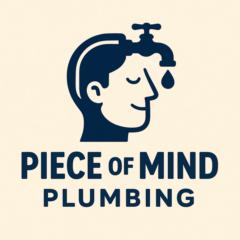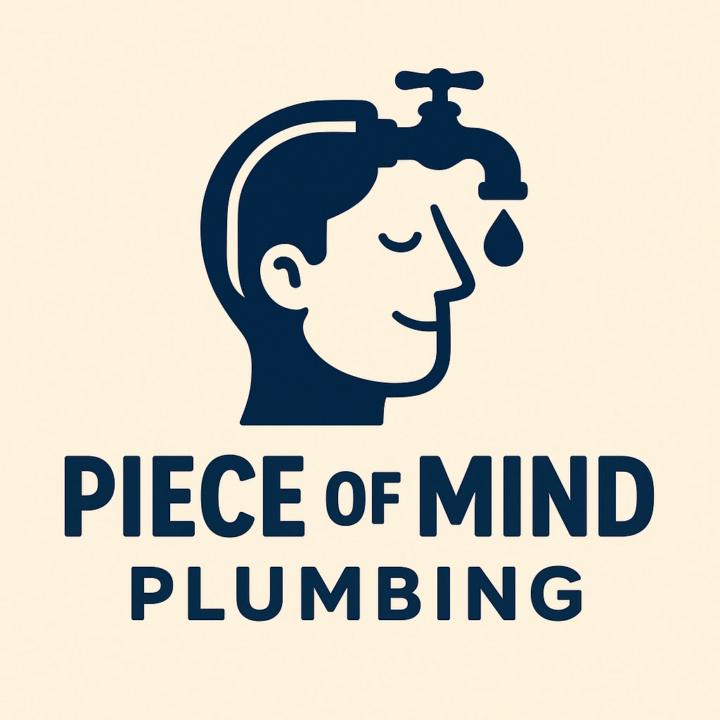Activity
Mon
Wed
Fri
Sun
Nov
Dec
Jan
Feb
Mar
Apr
May
Jun
Jul
Aug
Sep
Oct
What is this?
Less
More
Owned by Austin
How does it look leave? A positive opinion other ways to fix it
Let’s learn to stop all addiction for are families who need us and love us
Memberships
6 contributions to Peace of mind plumbing
Peace of Mind Plumbing: Rules and first poll!
Alright, title first-Peace of Mind Plumbing: Welcome! This is your no-pressure zone to learn plumbing and customer service. Week one: smiling while you snake a drain. Week two: not overcharging for a leaky faucet. Add your questions below-I’ll answer live Tuesdays at nine.
1
0
Support
First Impression The first impression you make on your client can significantly impact your plumbing sales potential. Here are some valuable tips to help you present yourself positively right from the start. Tip #1: Dress Professionally, Maintain Good Grooming, And Be Organized Plumbers are no strangers to getting dirty. However, how you dress and look can significantly influence how prospects perceive the competency of your company. This doesn’t just mean wearing clean attire – it means proper grooming too. Here are some basic tips to build initial trust with prospects and show your company takes pride in their professionalism: - Have a professional-looking uniform that displays competence, cleanliness, and organization – all of which inspire trust. - Appear as organized as possible to prospects and customers. - Keep it clean (your work gear, clothes, and personal hygiene) Okay… we’re done sounding like your mother. Let’s get into some real plumbing sales skills to master… Tip #2: Build Rapport Through Smiling And Positive Body We’ve all been approached by a nervous-looking sales rep that we likely blew off. Don’t be like that guy. Plumbing sales reps need to ACT confident and approachable if they want to be taken seriously and give off a vibe of trustworthiness. Rule #1?
1
0


The life of it all
Introduction to Plumbing: Plumbing encompasses the systems and practices for supplying water, removing waste, and, in many cases, conveying fuel gases in buildings. In general, plumbing is defined as the installation, maintenance and alteration of pipes, fixtures and appliances used in potable water delivery, sanitation (wastewater and storm drainage), and venting . A typical plumbing system has three main parts: (1) a water-supply system of pipes, fittings and valves that brings fresh water into the building; (2) a drainage/waste system that carries sewage and greywater safely out to sewers or septic tanks (including vents to prevent sewer gas buildup); and (3) fixtures and appliances (toilets, sinks, water heaters, etc.) where water is used. Many plumbing systems also include fuel-gas piping to supply natural gas or propane to stoves, furnaces and water heaters . (For example, one source notes “Gas plumbing systems are used for supplying gas to stoves, furnaces, ovens, and water heaters” .) Together these components ensure a clean potable water supply, effective removal of waste and protection of public health. - Water Supply: A network of pipes and valves delivers clean water (from municipal or well sources) to all faucets, showers, toilets and appliances. Plumbers install and maintain this pressurized distribution system using materials like copper, PEX or PVC pipe . - Drainage & Waste: A separate piping system carries used “grey” and sewage water away. Gravity-driven drains (PVC, cast-iron, etc.) and vents channel wastewater to sewer or septic systems . - Gas Piping: Where applicable, a plumbing contractor also installs fuel-gas lines. Rigid iron or CSST tubing conveys natural gas/propane safely to appliances (stoves, water heaters) under plumbing codes . - Venting: Plumbing vent stacks are an integral part of the drainage system, preventing traps from siphoning by letting air into the pipes. Together, these sub-systems (water supply, drainage/waste, fuel gas, venting) form the full plumbing network of a home or building . Plumbers must understand all parts of this system to keep water flowing safely and waste moving efficiently.
0
0
How!
Modern plumbing ideas focus on efficient design, stylish fixtures, and creative use of materials to maximize both function and aesthetics . Plumbing concepts can range from smart home technology to clever concealment methods and decorative touches.
0
0
1-6 of 6
@austin-matza-9015
This platform was made to help people who want to learn how to do plumbing before they actually get out in the field good ideas ways to install.
Active 3d ago
Joined Sep 5, 2025
Florida
Powered by

